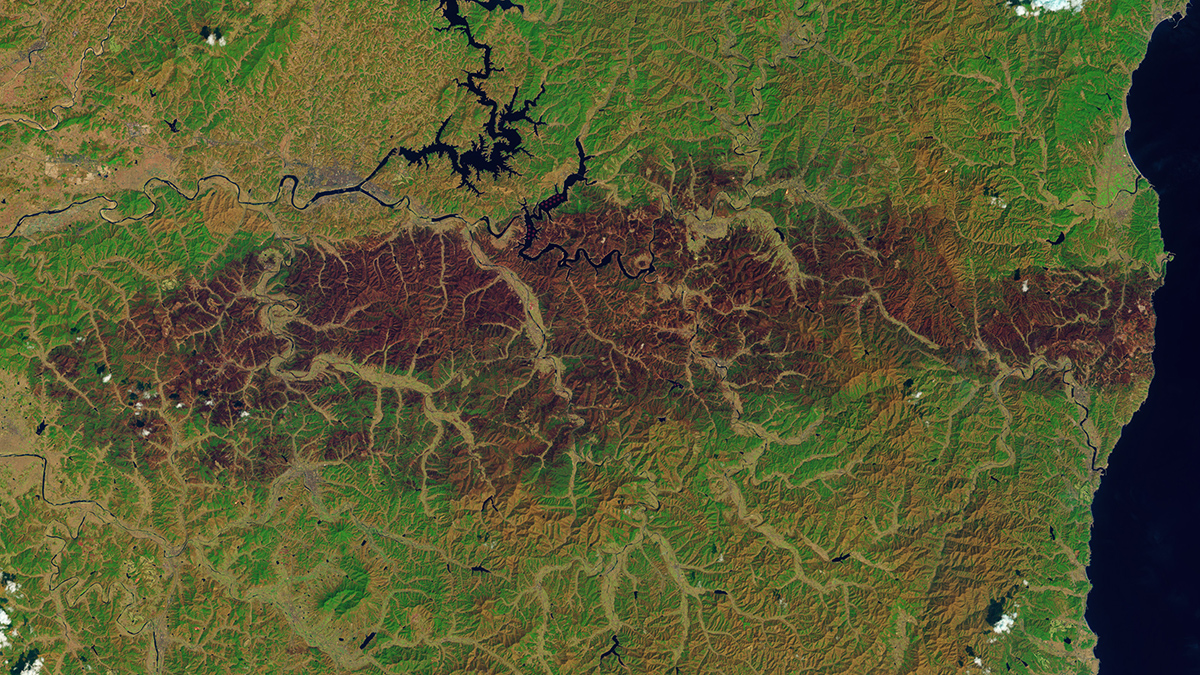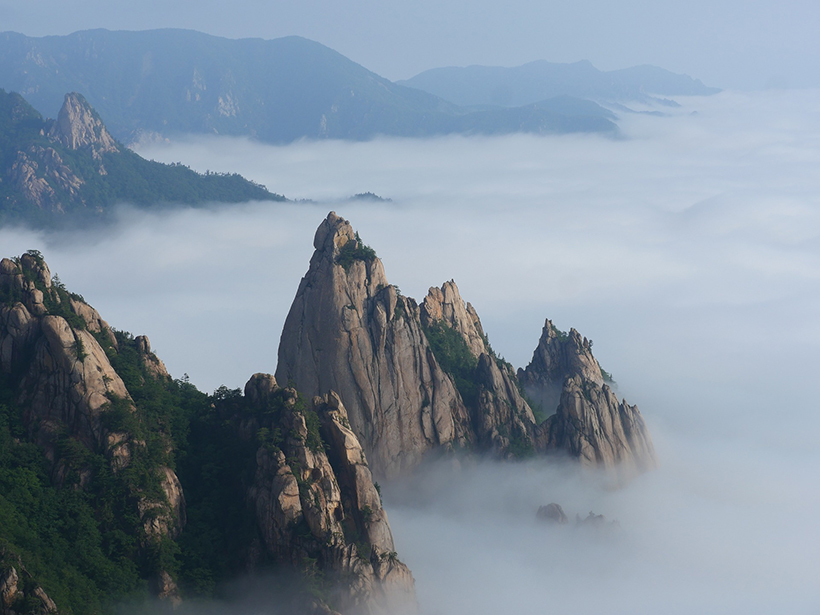Unusually low rainfall and humidity, combined with windier days, made the catastrophic wildfires more likely.
South Korea
Posted inThe Landslide Blog
Debris flow hazards in urban environments – an example from South Korea
The Landslide Blog is written by Dave Petley, who is widely recognized as a world leader in the study and management of landslides. An interesting paper (Lee et al. 2024 – available online as a pdf) has recently been published in the International Journal of Erosion Control Engineering, which considers landslide problems in expanding urban […]
Posted inThe Landslide Blog
The Jinbu debris flow experiment in South Korea
A new paper in the journal Landslides (Yune et al. 2023) describes a remarkable debris flow experiment at in South Korea in which 600 cubic metres of soil and water was released down a natural channel.
Posted inNews
Cycles of Mountain Building Formed 2018 Winter Olympics Terrain
The Korean Peninsula’s rich geologic history can be traced on the slopes of the alpine ski course.




